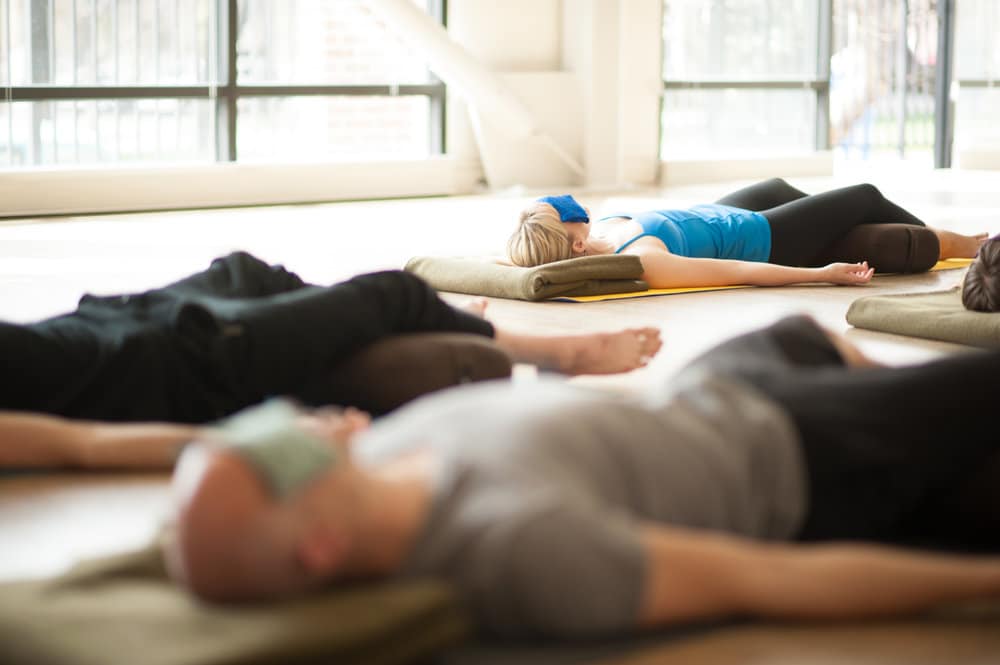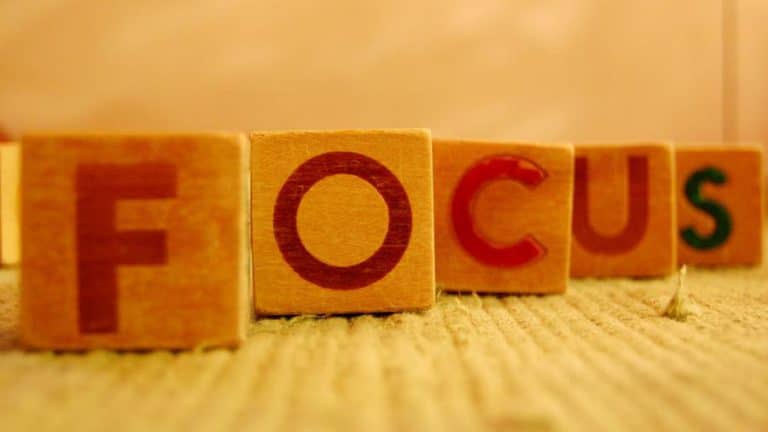Yoga Nidra, also known as sleeping yoga, is a powerful, restorative yoga practice that relaxes the body through a deep meditation sequence.
While there are many different variations on a yoga nidra practice, there are a few common steps to take to ensure you achieve the optimal state of relaxation, which borders just on the edge of sleep. In this post I’ll outline how to do yoga nidra at home.
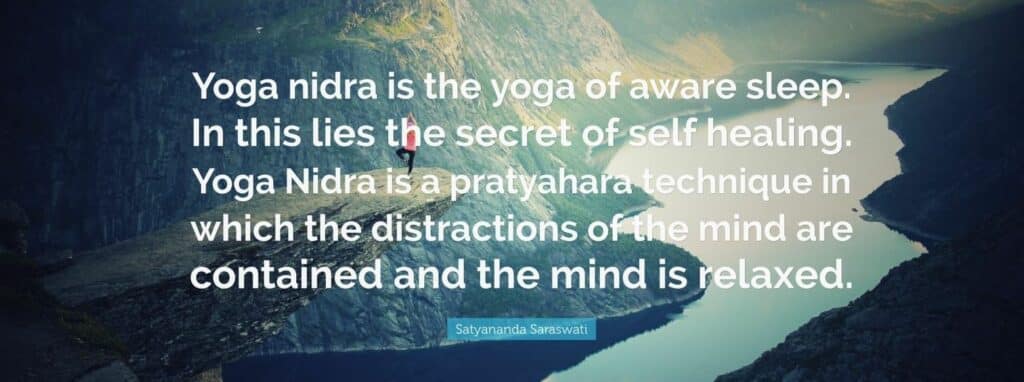
The Best Yoga Nidra Postures
The first step to having a successful yoga nidra practice is to choose your meditation posture. While all yoga nidra positions involve lying down, some are more engaging than others. Which one you choose will depend on your body, and how easy it is for you to fall asleep.
Remember, the point of yoga nidra is not to enter a deep night’s sleep, but to rest just on the edge of wakefulness and sleeping. Keep this in mind when choosing a posture.
Lying in Savasana with Blankets
The first, and most popular position for yoga nidra is to get into a comfortable savasana position. Savasana, or corpse pose, is a relaxed, reclining position that you’re probably already familiar with, as it is often the last pose in most Western yoga classes.
To enter savasana, lie down on your yoga mat with your legs outstretched and your arms resting easily by either side. Find a slight, natural arch to the back, allowing your chest to open, and let your knees and legs fall open to either side. Your body should be comfortable and relaxed, feeling the full support of the mat.
For Yoga Nidra, one very common variation of savasana is to use blankets to deepend the posture. Placing a heavy blanket across your groin and mid-torso can help you to relax more deeply, and is conducive to entering a deeper state of meditation.
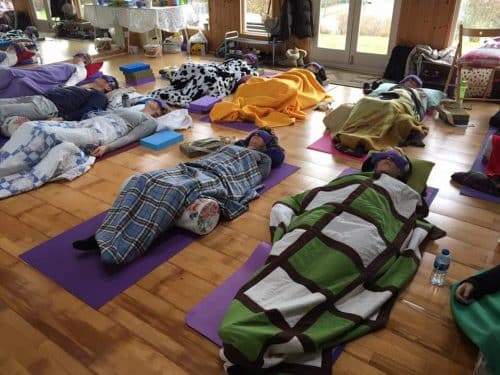
Using a Bolster to Support The Knees
Another variation you might consider is to use a bolster, or large cushion, to support your knees. For this posture, enter savasana as noted above, and then slide a bolster under your knees, creating a relaxed arch in both legs.
This added support can be especially powerful for anyone who suffers from sacral or low back issues.
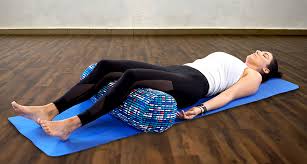
Additionally, you may choose to add a second bolster or pillow underneath your head. If so, be careful to pay attention to the arch of your neck, so as not to induce any strain or tension in your neck.
Can You Do Yoga Nidra in Bed?
Lastly, some people may also choose to do yoga nidra in bed.
While there is nothing wrong with this option, you should be aware of why you are choosing to do a yoga nidra practice. If you are listening to a yoga nidra audio for the purpose of getting a good night’s sleep, then lying in bed is an obvious choice.
However, for most people, yoga nidra is a practice in it’s own rite, and while you may fall asleep during the meditation, the purpose of the meditation is not to get a good night’s rest.
In this case, lying on a yoga mat is a better choice, as your body will be more subconsciously in tune with the pace of the recording and will awaken more naturally at the end of the meditation, compared to lying in bed, which triggers your normal sleep patterns.
Read more about meditating while lying down in this post.
Phases of the Yoga Nidra Meditation
Whether you are new to Yoga Nidra or have been practicing for years, it is always recommended to be guided through the different phases of the meditation. An experienced leader will help to ease you into the state of deep relaxation, and will also help you to call your body out of the pose.
When practicing at home, this means you should listen to a recording. Working with a guided recording allows your mind to relax completely, without worrying about the next step of the meditation and making sure you connect with each phase of the process.
You can find a 20 Minute Guided Yoga Nidra Audio recording here.
That said, most practices will walk you through a few common phases of the meditation.
- Connecting To Your Intention or Heartspace. During this first phase of the meditation, you simply set your intention for the practice, and begin to open your heart to become to receptive to any experiences the meditation may offer you.
- Performing a Body Scan. The next step is to perform a full body scan. Often, this is done by envisioning a point of light that you move throughout your body. You may also scan your body for any blockages of energy, which you can release during the practice.
- Focusing on the Breath. Then, your practice will call you into a deeper focus on the breath, which prepares your body and mind to relax more deeply. Sometimes this step is interchanged with the previous one.
- Witnessing Thoughts and Observing the Self. As you begin to enter a state of deep relaxation, you can begin to step back from your thoughts and observe the self from a higher perspective. Often, you may invoke imagery of stepping out of the body and looking back down on your Self.
- Experiencing Ananda (Joy-Bliss). As you continue to become more relaxed, you can tap into your natural joyful energy, and experience ananda, a pristine state of bliss. The rest of the meditation will allow you to remain peacefully in this state.
- Awakening from the Practice. Lastly, as the meditation draws to a close, it is important to take a few moments to reconnect with your body and awaken from the practice. Take your time as you bring your awareness back to the physical self.
Click here to get started with a guided yoga nidra practice.

